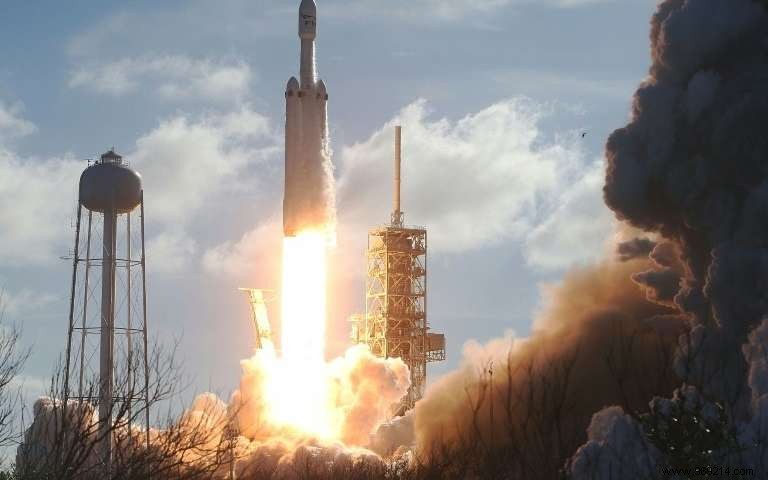NASA has selected SpaceX to deliver two fundamental elements of its future lunar station. This "gateway" will aim to support human missions in deep space.
A quick reminder:NASA aims to return humans to the Moon as part of its Artemis program . In this sense, the American agency and its international partners are developing a project for a mini-station in lunar orbit (the Lunar Orbital Platform-Gateway), which should enter service around 2028.
The main purpose of this station will be to serve as a hub between the Earth and the Moon. Astronauts will be able to stay there between two missions on the lunar surface. Eventually, the structure could also serve as a "relay point" for future Mars missions. For now, it is expected to be operational from 2028.
A priori, the station should be placed in an elliptical orbit leading it to less than 3,000 kilometers of the Moon during its closest approach. The astronauts will then take the opportunity to go to the Moon and come back on board. The structure will then be placed at approximately 70,000 km from the surface at its furthest point, favoring the arrival of land shuttles which will be able to reach the bridge in just five days .
That being said, this station will have to be assembled. And to do this, it is necessary to transport the various modules on site. With this in mind, NASA has just selected SpaceX to deliver two of these elements. Namely, the Power and Propulsion Element (PPE, manufactured by Maxar), and the Housing and Logistics Outpost (HALO, developed by Northrop Grumman).
The contract amount is $332 million (about 273 million euros). The launch of these two modules will be done with a Falcon Heavy launcher , which offers much greater lifting capacity than the famous Falcon 9, now commonly used by SpaceX.

As a reminder, the Falcon Heavy had taken care of its entry on the aerospace scene, in February 2018, by launching Elon Musk's Tesla Roadster into space. The car then acted as a payload (rather than placing a concrete or steel block).
Since then, the launcher has operated only two commercial flights since its first launch, on April 11 and June 25, 2019. Its next release is normally scheduled for early this year in the part of a classified mission for the United States government.
For the moment, the launch of these elements is scheduled for May 2024 at the earliest, but we are not going to lie to each other, it is very unlikely that this schedule will be respected.